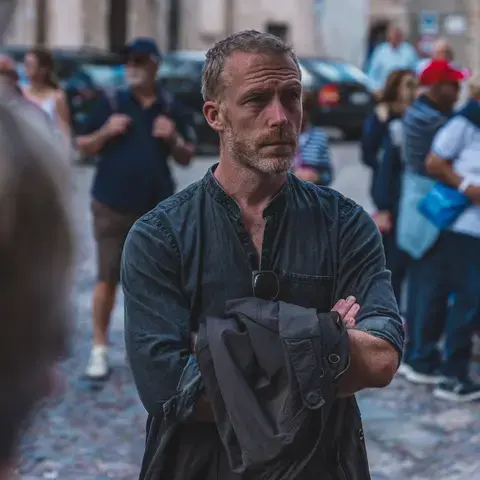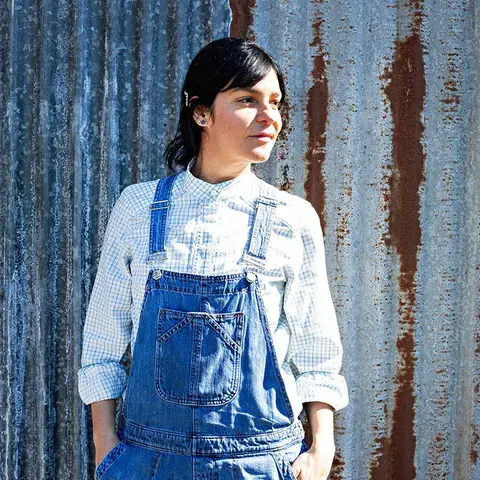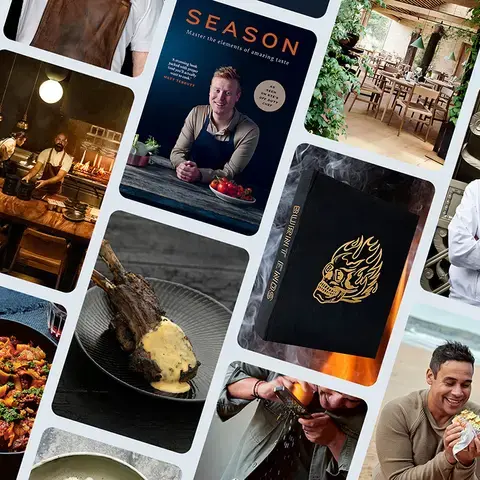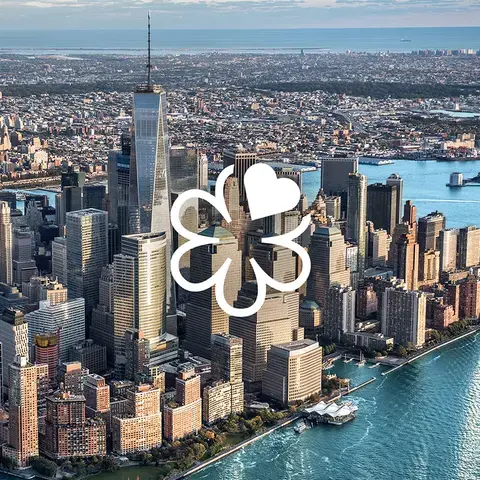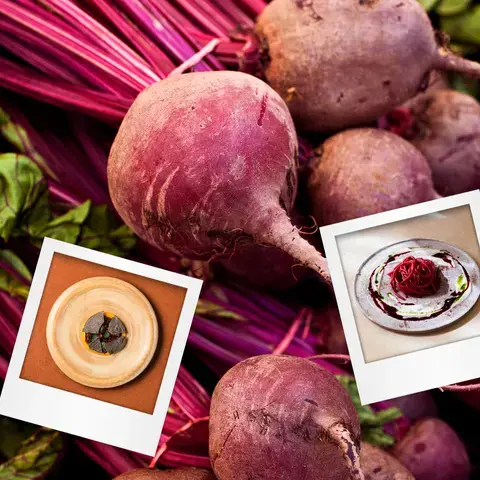Bonfires were lit, as they are today in Ireland and traditionally the hearth fires in people’s homes were extinguished and relit from the communal bonfire as a symbol of a new beginning, as well as a way to knit the community together. The term ‘bonfire’ comes from the words ‘bone’ and ‘fire’.
Cattle were extremely important in Celtic Ireland. A chieftain’s wealth and power were tied up in his herd. Cattle were used as currency and as barter to settle disputes. The Celtic Irish depended on cattle for dairy and meat. Halloween was the time of slaughter and it was then that they would choose which beasts were to be rendered for meat for the long winter months ahead and at Halloween, cattle bones were cast into the bonfires as offerings.
Fire played a central role in the observance, symbolising the destruction of the old and the start of something new. Cooking meat, beef or game, over flames would be the perfect way to honour the millennia-old traditions of Samhain.
Of course feasting played a major part in the celebrations and the harvest was a time of plenty, but the food that was consumed took on symbolic meaning. Particular foods were used as a way of divination or soothsaying.
Hazelnuts were considered magic and by placing them close to an open fire and seeing which way they jumped in the heat could foretell and happy or unhappy marriage. One of the customs to have survived right up to today in Ireland is the barmbrack, a kind of sweet bread with currants and sultanas into which certain objects were inserted. Depending on what you found in your slice would tell your fortune for the year ahead.

